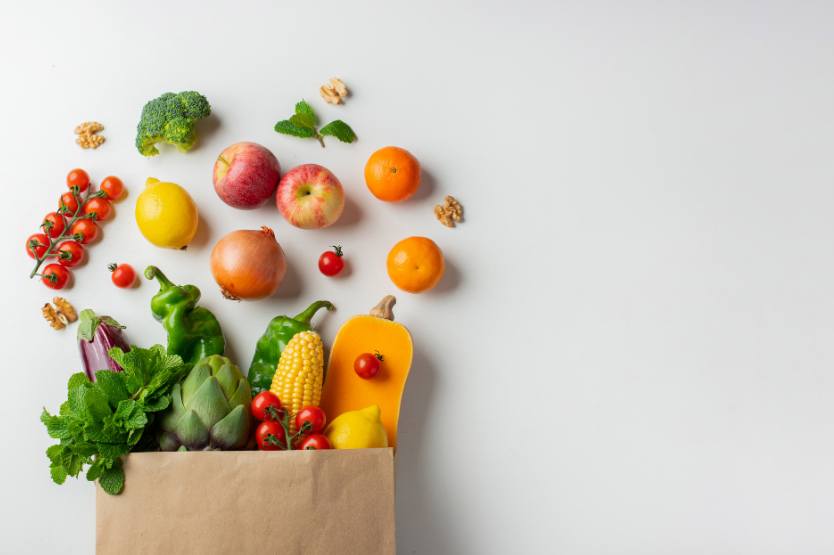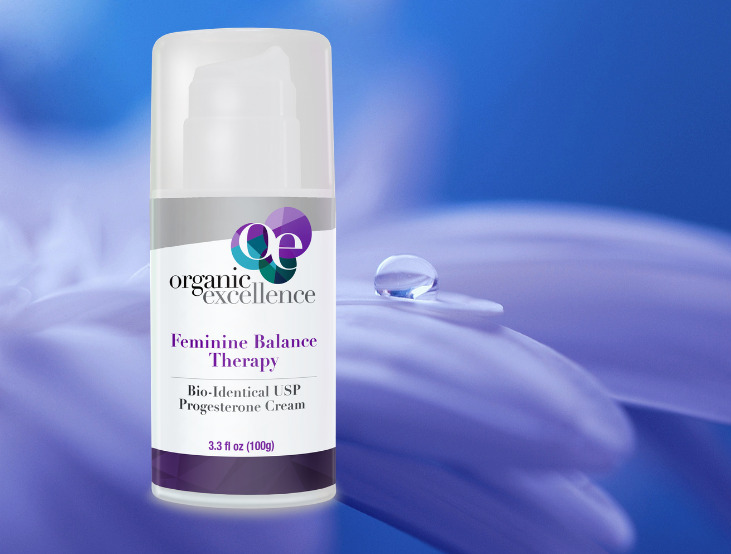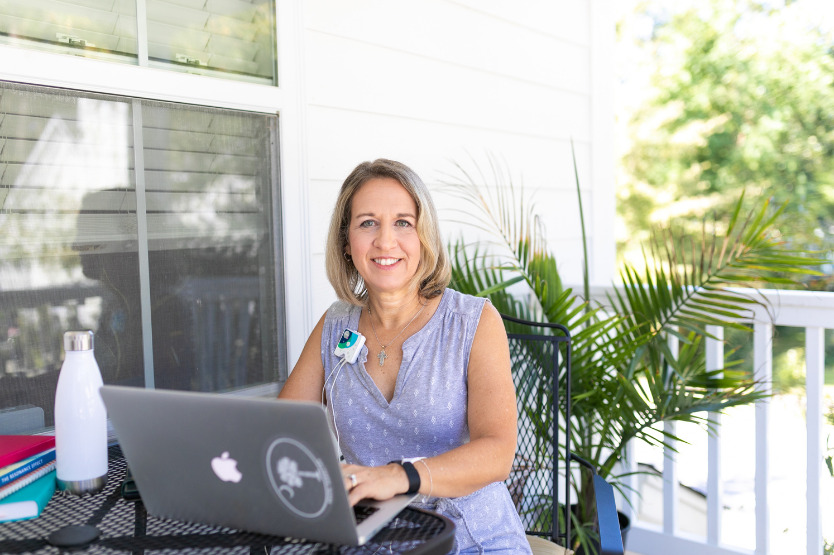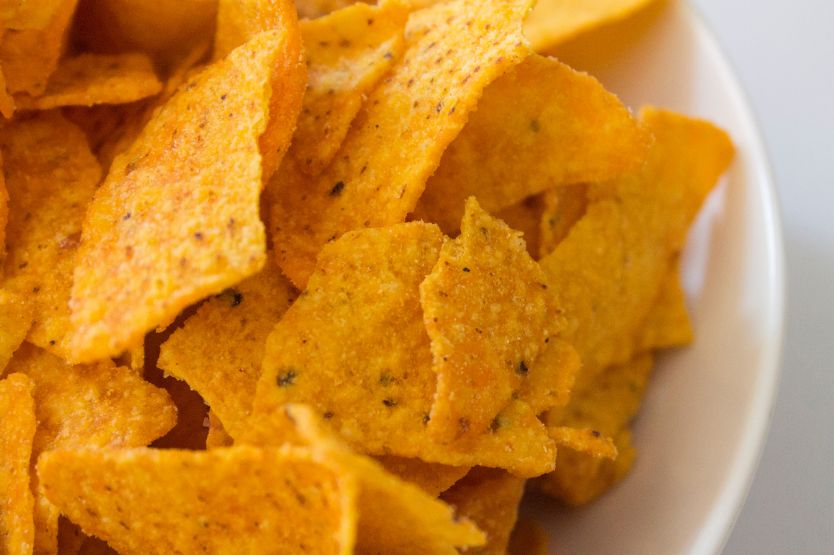How to Prevent Cancer with Cruciferous Vegetables – Week 40 of 52 Weeks of Wellness
In our quest to increase our plant food intake, let’s take a closer look at cruciferous vegetables. It is vital to understand the benefits especially for individuals with cancer as it can greatly benefit those who incorporate them into their daily dietary regimen. You’ve heard me say it before, whoever eats the most fruits, vegetables, and greens at the end of the day, WINS!
First, what does the word cruciferous actually mean? Cruciferous is defined as plants related to the mustard family; a plant with four leaves; and or a plant bearing the resemblance of a cross.
Cruciferous vegetables contain phytochemicals, which are non-nutritive plant chemicals that have protective or disease preventive properties. Because of these phytochemicals, a review of research published in the October 1996 issue of the Journal of the American Dietetic Association showed that 70% or more of the studies found a link between cruciferous vegetables and protection against cancer.
For cancer prevention or healing from cancer, incorporate more cruciferous vegetables and less fruit. The anti-cancer properties of cruciferous vegetables come specifically from the phytochemicals called isothiocyanates, which stimulate our bodies to break down potential carcinogens. These phytochemicals are nature’s perfect way to detox our bodies.
The following vegetables fall into the cruciferous category: broccoli, Brussel sprouts, kale, turnips, cauliflower, bok choy, rutabaga, Nappa cabbage, mustard greens, arugula, watercress, radish, and daikon radish (Japanese radish).
Wondering how to prepare these amazing veggies?
Lightly steam or saute for 5-7 minutes in coconut or grapeseed oil or better yet, juice these with a bit of fruit each morning (just enough to make it palatable). Keeping the enzymes intact by consuming raw will further benefit your body along with maintaining the vitamins and minerals that are lost in cooking.
For those healing from cancer, it is crucial to consume about 50% or more of your total daily intake from raw fruits, veggies, and greens. Always consume as much produce grown locally, picked at the peak of ripeness, grown without pesticides or herbicides. Locate a local farmer, CSA (Community Supported Agriculture), or grow your own produce. If you are short of land and/or time or do not have a green thumb, consider aeroponics or hydroponics. Lastly, supplementing with a whole food concentrate is key as well to ensure a variety daily.
Week 40 Action Step:
What is/are your favorite cruciferous vegetables and the tastiest way to prepare/recipe?? Tell us in the comments below.
